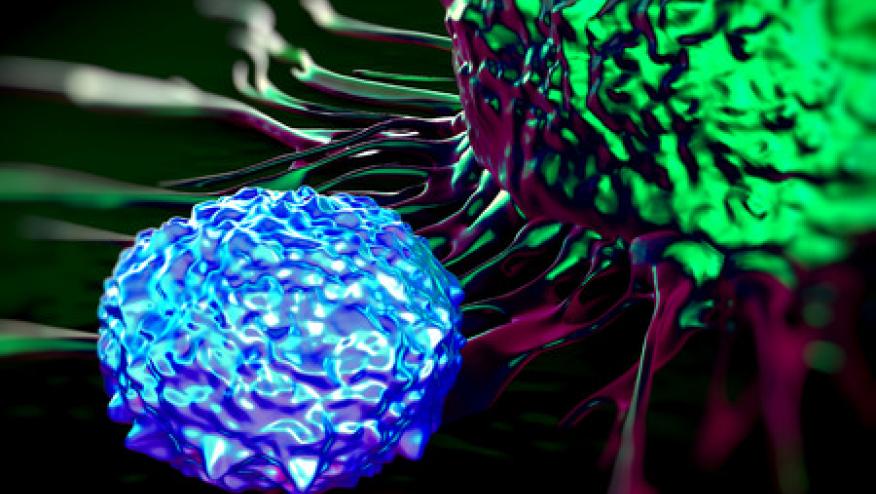Novel Peripheral Helper T Cells in RA Save

Nature has published the findings from a group of US and UK researchers who have identified a unique subset of helper T-cells called ‘peripheral helper’ T-cells, or Tph cells, that are found in the synoviums and may be linked to the pathogenesis of rheumatoid arthritis (RA).
Using use mass cytometry to analyse activated T cells in the synovial tissue of RA patients, they identified a markedly expanded population of PD-1hiCXCR5-CD4+ T cells. According to cytometry, transcriptomics, and functional assays, this populatoin of peripheral helper T (TPH) cells express factors enabling B-cell help, including IL-21, CXCL13, ICOS, and MAF.
Like T follicular helper cells, TPH cells induce plasma cell differentiation. The difference between TPH cells and T follicular helper cells includes the altered expression of BCL6 and BLIMP1 and the expression of chemokine receptors (CCR2, CX3CR1, CCR5) that direct migration to inflamed sites. TPH cells appear to be uniquely poised to promote B-cell responses and antibody production within pathologically inflamed non-lymphoid tissues.
Thus Tph cells, are similar to the follicular helper T-cells in that they can induce B-cell differentiation, but Tph cells are genetically distinct in that they are able to migrate to RA-affected joint tissue, where they can interact with B-cells locally and attract other inflammatory cells.
The authors propose a pivotal role for these cells suggesting they may be a potential target for future therapy in the treatment of RA.










If you are a health practitioner, you may Login/Register to comment.
Due to the nature of these comment forums, only health practitioners are allowed to comment at this time.